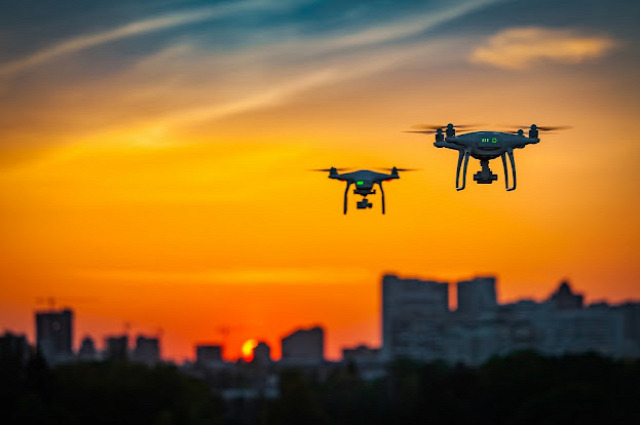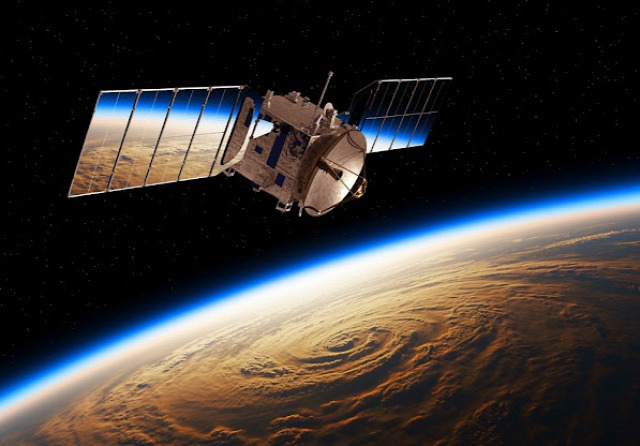
As Europe transitions towards a more sustainable future, the electric vehicle (EV) industry is witnessing unprecedented growth. This surge is accompanied by advancements in materials science, particularly in adhesives and sealants essential for EV manufacturing. Central to enhancing the performance of these materials are specialized additives, which play a crucial role in improving the properties and functionality of adhesives and sealants used in EVs. The Europe additives market for EV adhesives and sealants (excluding U.K.) was valued at $15.83 million in 2023, and it is expected to grow at a CAGR of 24.41% and reach $113.07 million by 2032.
The Role of Additives in EV Adhesives and Sealants
Additives are compounds incorporated into adhesives and sealants to enhance their performance characteristics. In the context of EV manufacturing, these additives can improve properties such as bonding strength, thermal stability, flexibility, and resistance to environmental factors. Key types of additives include:
- Fillers: Enhance mechanical strength and thermal conductivity.
- Plasticizers: Improve flexibility and reduce brittleness.
- Coupling Agents: Enhance adhesion between different materials.
- UV Stabilizers: Protect against degradation from ultraviolet light exposure.
- Antioxidants: Prevent oxidative degradation, extending the lifespan of adhesives and sealants.
Europe Additives Market for EV Adhesives and Sealants Drivers and Trends
Several factors are driving the growth of the additives market for EV adhesives and sealants in Europe:
-
Growth of the EV Market: The European EV market is expanding rapidly due to stringent emissions regulations and increasing consumer demand for sustainable transportation. This growth drives the need for advanced materials in EV manufacturing, including high-performance adhesives and sealants.
-
Technological Advancements: Continuous innovation in additive technology is leading to the development of more effective and efficient adhesives and sealants. These advancements are critical in addressing the unique challenges associated with EV production, such as battery bonding and thermal management.
-
Sustainability Initiatives: The push for sustainability in the automotive industry extends to the materials used in manufacturing. Additives that enhance the durability and performance of adhesives and sealants contribute to the overall sustainability of EVs by improving their lifespan and efficiency.
-
Regulatory Standards: European regulations regarding vehicle safety and environmental impact necessitate the use of high-quality adhesives and sealants. Additives help meet these stringent standards by enhancing the performance characteristics required for safety and compliance.
Request A Free Detailed Sample on Europe Additives Market for EV Adhesives and Sealants!
Challenges and Future Outlook:
While the market is poised for growth, it faces several challenges:
-
Technical Complexity: Developing additives that meet the specific needs of EV adhesives and sealants requires significant research and development. Ensuring compatibility and performance under various conditions is a complex task.
-
Cost Considerations: High-performance additives can be expensive, impacting the overall cost of adhesives and sealants. Balancing performance with cost-effectiveness is a key challenge for manufacturers.
-
Supply Chain Disruptions: The global supply chain for chemicals and materials can be volatile, affecting the availability and cost of additives.
Looking ahead, the European market for additives in EV adhesives and sealants is expected to grow significantly. The ongoing shift towards electric mobility, coupled with advancements in additive technology, will drive demand for high-performance materials. Innovations in sustainable and environmentally friendly additives will further enhance the market, aligning with Europe’s broader goals of reducing carbon emissions and promoting sustainable development.
Some of the prominent names in this market are:
- BASF SE
- Arkema SA
- Allnex GMBH
- BYK-Chemie GmbH
- Elements plc
- Clariant International Ltd
- Evonik Industries AG
- Solvay SA
Conclusion
The European additives market for EV adhesives and sealants is a vital and dynamic sector, underpinning the region’s transition to electric mobility. As the EV industry continues to grow, the demand for advanced materials that enhance the performance, safety, and sustainability of vehicles will increase. Additives play a crucial role in this ecosystem, driving innovation and enabling the production of next-generation electric vehicles. With continued investment and technological advancements, the future of this market looks promising, contributing to a greener and more sustainable automotive landscape in Europe.





